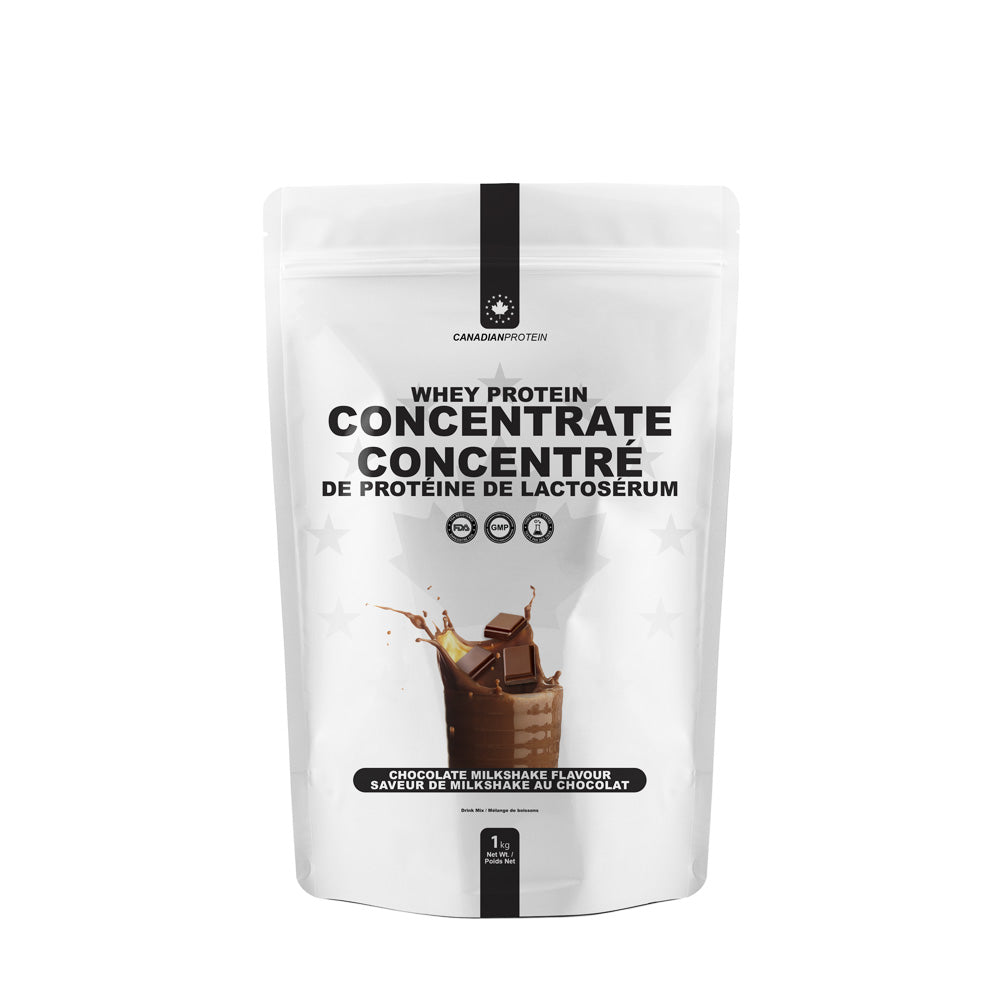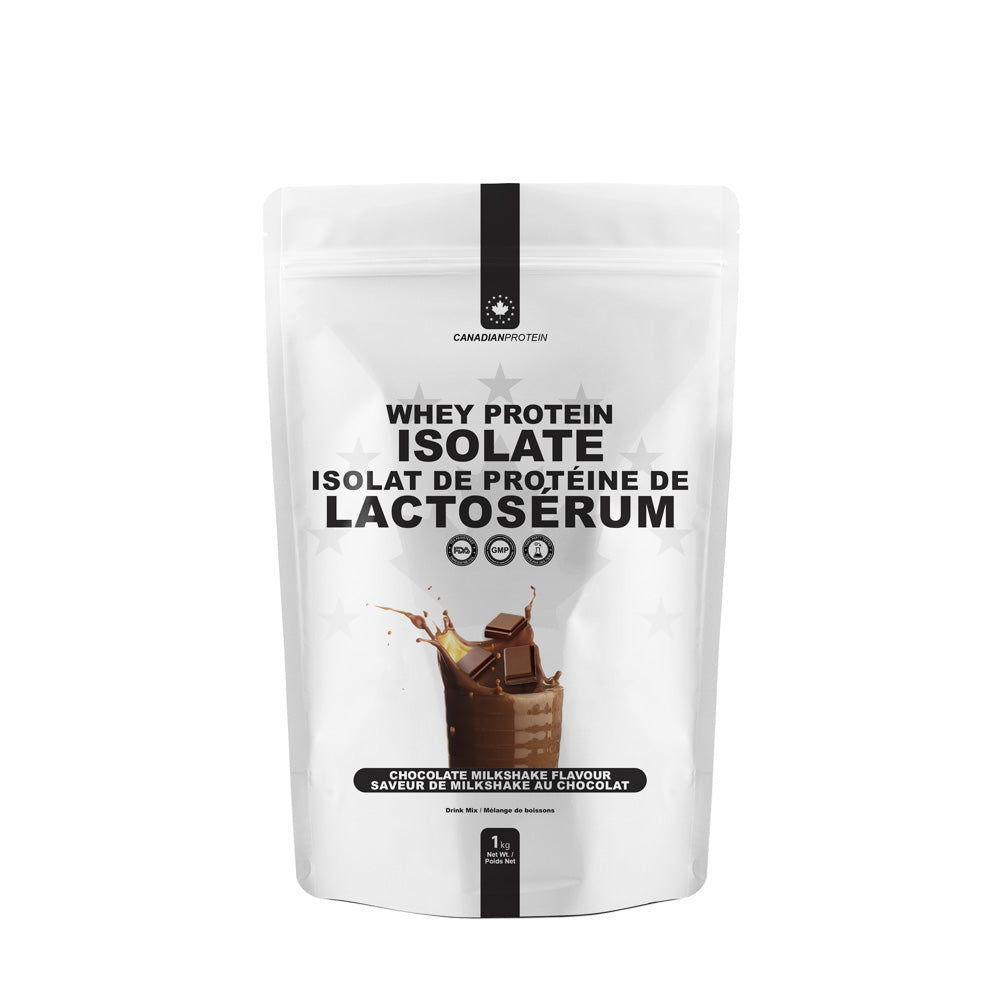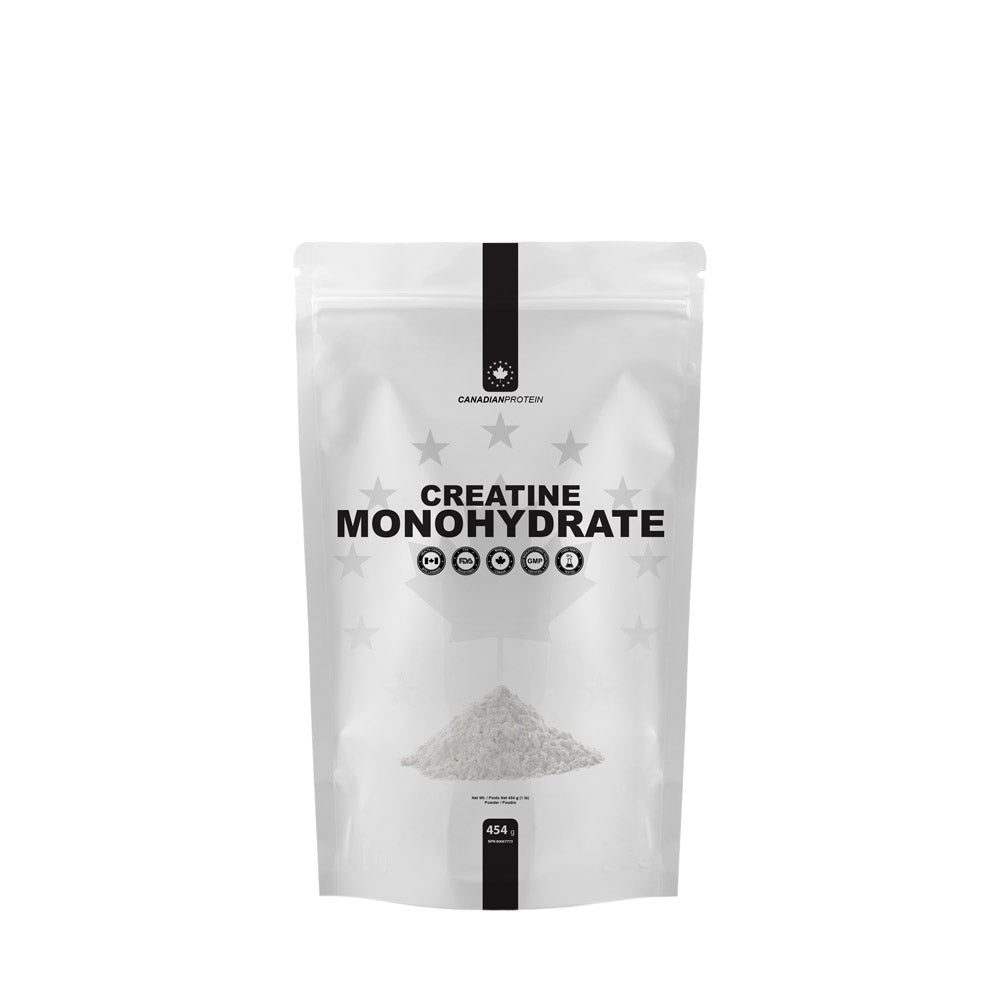Casein is a type of protein that many people are not familiar with. It generally constitutes about eighty percent of the protein you would find in milk. The process by which this protein can be extracted from the milk generally allows for a greater presence of amino acids and peptides within the protein, and this means they can further support bodily functions and muscle development. Casein protein is usually more beneficial than many other types of protein - given its diverse make-up of amino acids and the duration of time it remains in the body.

Because Casein protein takes a significantly longer time to digest, it is also able to help slow down the breakdown of proteins within the body. Casein does not have much effect on synthesizing proteins and for this reason, it is usually most beneficial to complement this with whey protein which is absorbed fast and promotes the building of new muscle. Your goal to gain muscle mass is to increase muscle synthesis while decreasing the rate at which it breaks down. By supplementing Casein and Whey protein, this is possible.
The time of day at which you need the protein is extremely important to muscle development as well. You usually shouldn't be eating at all or taking protein right before bed, because this usually results in fat being stored within the body. In the case of Casein protein, this is different. You should be taking Casein protein right before you go to bed to delay your body's breakdown of muscle and casein protein's properties make it a must for this. Other types of proteins are absorbed so quickly that it is useless, and often hurtful, to take them right before bedtime.
Make sure to stay aware of what you are buying, because many companies will always try to market a protein that supposedly has similar properties of Casein. What usually happens in many of these marketed supplements is that the Casein protein might be there, although in extremely small quantities. This often occurs because Casein is a more expensive type of protein than whey or soy would be, and often tastes worse to many people. For this, many companies stray away from using it.

Also consider that the number of places the protein comes from affects the content of Casein protein that you're getting. Many supplements that have only two main sources of protein and include Casein will often have a much higher portion of Casein protein. To the contrary a supplement with many different sources of protein usually means you're getting a lot less Casein protein.
The word derived from the Latin base word meaning "cheese", Casein protein is a type that accounts for the largest percent of protein in many dairy products. Two portions of the protein work almost symbiotically for the body- proteases in the milk react with the soluble portions of the protein (known as K-casein) which results in an unstable multi-cellular state ending in dot formation. Chymosin is one special protease that hydrolyzes certain bonds within K-casein, and for this- it is one of the most effective agents for cheese making. Simply put, some institutions term Casein as Caseinogen in it's uncoagulated form, which becomes Casein after hydrolysis. Casein usually exists as a salt within many dairy products, and instead of being synthesized by heat it uses a proteolytic enzyme to get to its final form (the enzyme is usually present within the stomach of cows, which is the reasoning behind this protein appearing in milk).
Because of Casein's physical and chemical makeup, it is usually a protein that cannot be denatured. It consists of several different peptides, although very few of these are reactant depending on what they're introduced to. Its structure is very basic, as a result of its generally non-reactive makeup. In addition to this, it is generally insoluble, meaning it is hydrophobic rather than hydrophilic. Although it is not completely hydrophilic, the particles of casein are usually suspended above water as they exist in milk, which means that the parts of the molecule that would be reactant are generally not exposed to water in the first place.

Caseins within micelles are usually bonded strongly, bonded by calcium ions. A few different models propose varying ways in which caseins exist within micelles. The first model says that the resulting micelle comes from the formation of sub-micelles, which include K-casein in its raw form. Other theories include the suggestion that fibrils, which all contain Casein form the nucleus of the micelle. All proposed models share one thing in common- that the micelle is a result of some casein infused particle becoming soluble- and thus part of the new molecule. Because of Casein and milk's place on the pH scale, Casein holds a negative charge as it exists within milk- as it has a lower pH. Its properties are what make it insoluble in water and many salts, it can be diluted with salts like sodium acetate.













